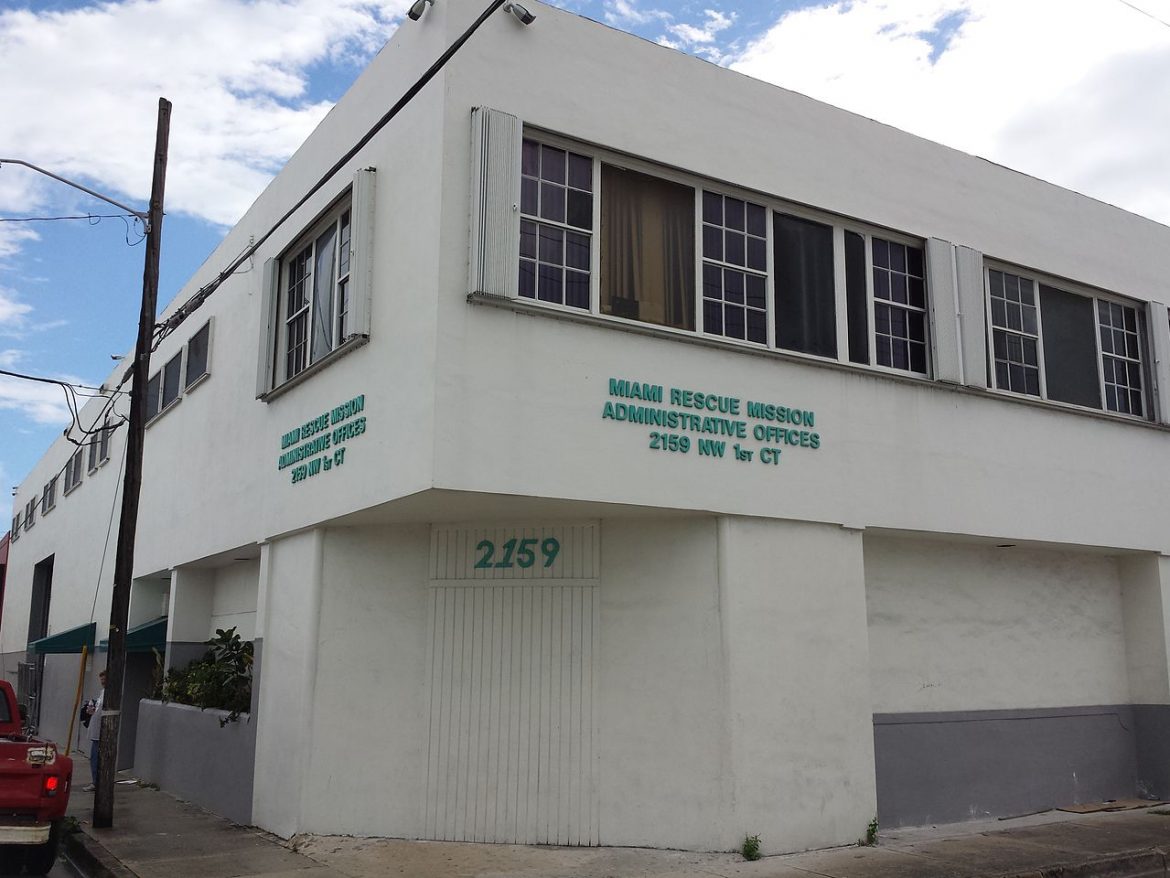After a few starts and stops over the past two years, Miami-Dade’s film industry is coming back to life and reclaiming its reputation of being one of the most desirable shooting destinations in the world.
Miami is on everybody’s radar, with winter conditions that are far more favorable here than shooting practically anywhere else in the US, said Bruce Orosz, CEO of ACT Productions and Greater Miami Convention & Visitors Bureau chairman.
“We are continuing to work very aggressively on broadening out and continuing incentive development, which has become one of the anchor points for any film or TV project that’s being developed, because when they look at the bottom line, they all also look at what are the gives and gets from a location,” he said.
Miami-Dade has its own incentive program, which offers a $50,000 tax credit to productions spending $500,000 up to $1 million and $100,000 to productions surpassing $1 million. To qualify, productions must hire 70% of cast, crew and vendors locally and shoot 70% here.
“That’s a 10% return and, in addition to that, we have some other local municipality incentives that you can bundle up,” Mr. Orosz said. “Assuming you meet all the criteria, you can pick up additional incentive dollars. So, there’s some tremendous opportunities now for producers and studios to monetize and help cut the expenses. There are ways to probably push incentive numbers up somewhere around 15%.”
As a filming-friendly environment, production companies still have covid testing and protocols in place, and that increases the cost of the projects, however the safety-first approach allows for film projects to continue moving forward, said George F. Andrews, Miami-Dade County Mayor Daniella Levine Cava’s senior advisor for policy and planning.
“The county has been at the forefront for resuming safe and healthy filming through the Greater Miami Convention & Visitors Bureau’s initiative #PracticeSafeSets Program,” he said. “Over 80 hotels are offering a variety of flexible, safety-first production options from sequester quarantine scenarios for actors and crew to using Miami hotels as filming locations to utilizing ballrooms to build sets.”
Following the protocols of local health officials and CDC regulations adds to the expertise of the local film community, Mr. Orosz added. “We have what they called ‘safe sets,’ and that speaks to the way we do business here, which is to keep it at the highest possible level of professional production, and we want to keep that image.”
Source: Miami Today


